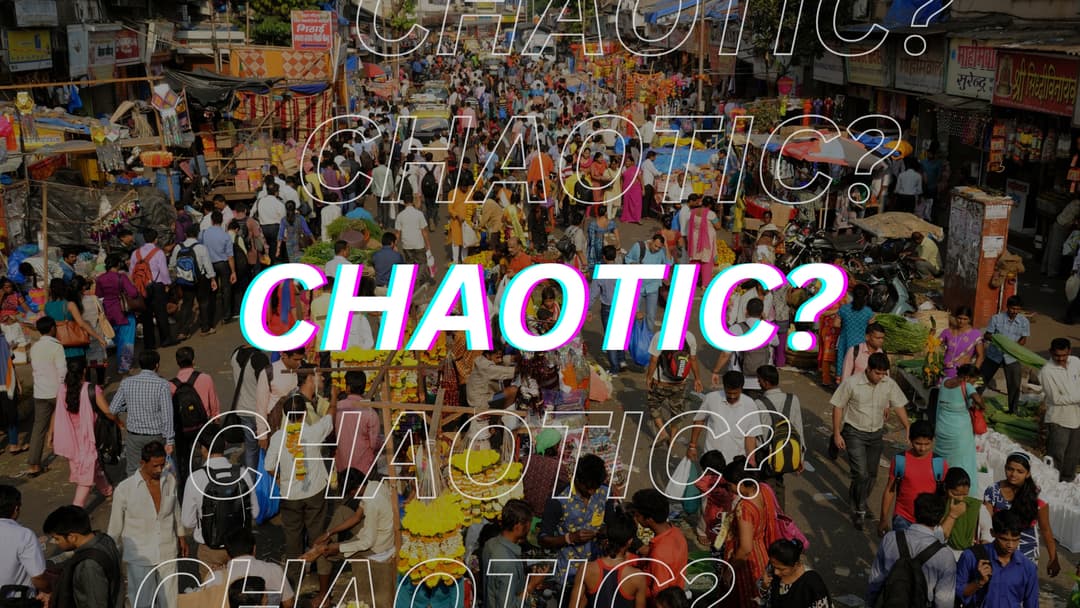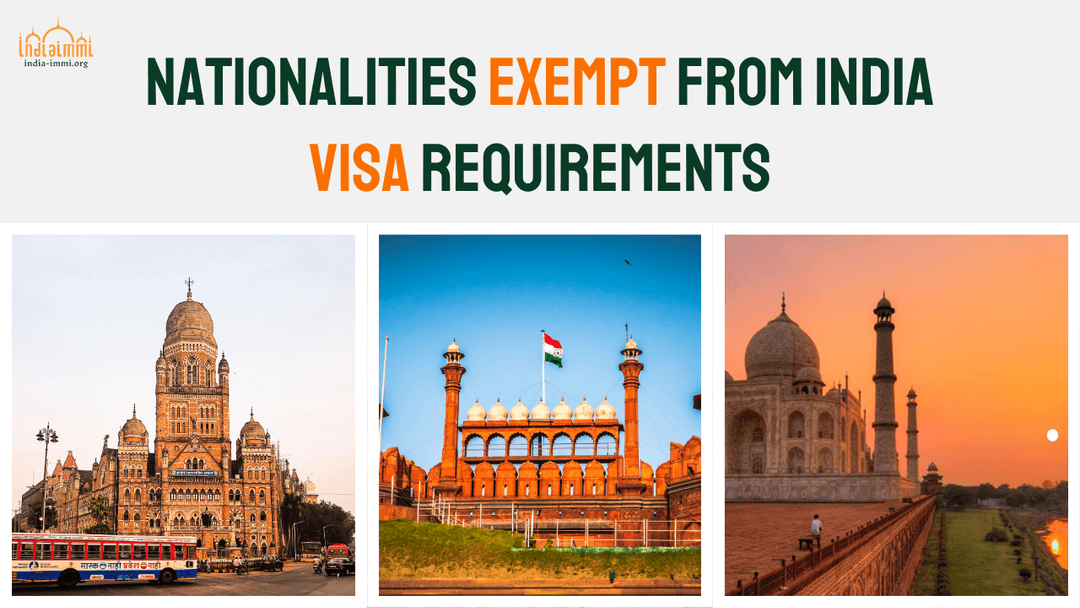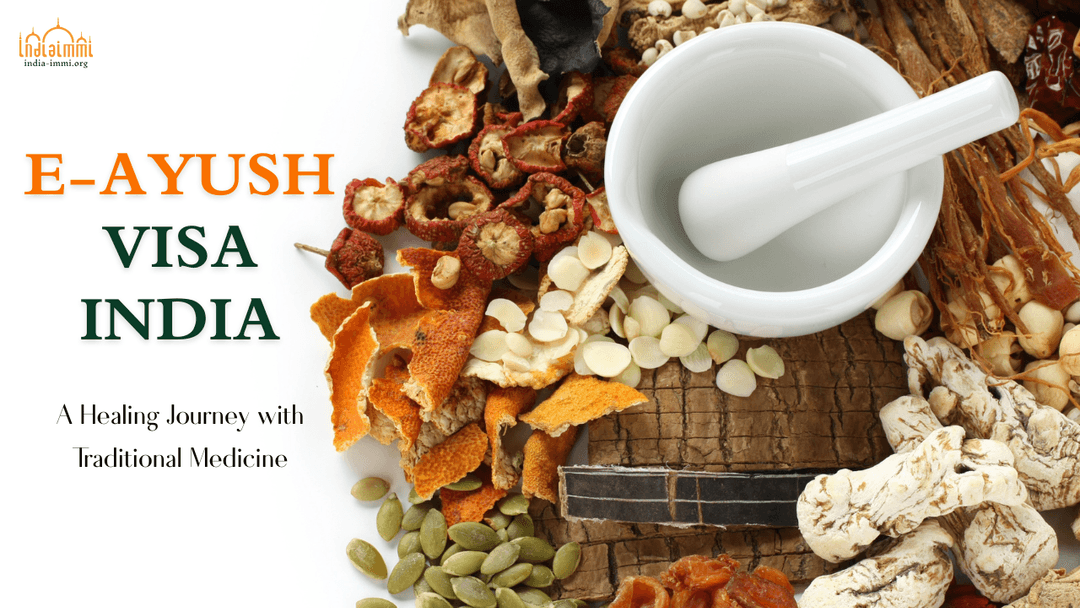In recent years, the demand for tourism, business trips, and short-term medical treatment in India has been increasing. One of the most common questions from travelers is whether it is possible to obtain a Visa On Arrival (VOA) directly at the airport upon arrival in India, and how this policy applies in 2025.
The article below provides the latest update on VOA in India, and also compares it with e-Visa so you can easily choose the right option for your trip.
1. What is Visa On Arrival (VOA) and how is it applied in India?
Source: Internet
Visa On Arrival (VOA) is a type of visa issued directly at the port of entry when travelers arrive, instead of applying beforehand at an embassy or online.
In India, the VOA program is managed by the Bureau of Immigration (Ministry of Home Affairs) and currently applies only to a limited number of nationalities.
Eligible travelers can apply for VOA at six designated international airports by filling out a form, presenting a valid passport, paying the fee, and receiving the visa stamp at the counter. VOA is usually valid for a maximum stay of 60 days and is granted as a double-entry visa.
It can be used for short-term purposes such as tourism, business, attending conferences, or medical treatment.
2. Which countries are eligible for VOA in India?
As of 2025, only citizens of 3 countries can use Visa On Arrival in India:
-
Japan
-
South Korea
-
United Arab Emirates (UAE) – with a special condition: only those who have previously been granted an Indian visa (e-Visa or sticker visa) are eligible.
Source: Canva
Citizens of other countries – including Vietnam – are not eligible for VOA. This means that most international travelers must apply for an e-Visa or a regular visa before their trip.
3. Conditions to obtain VOA in India
To be eligible for VOA, travelers must:
-
Travel for tourism, business, attending conferences, or short-term medical treatment.
-
Stay no longer than 60 days, with no extension allowed.
-
Hold a passport valid for at least 6 months with blank pages for visa stamping.
-
Have a return/ onward ticket and sufficient financial means for the trip.
-
Not be on India’s restricted or prohibited entry list.
The final decision on entry always rests with the immigration officer at the airport.
4. When to choose VOA instead of e-Visa?
For nationals eligible for VOA (Japan, South Korea, UAE with prior Indian visa), the choice depends on circumstances:
✅ Choose VOA if:
-
The trip is urgent and there is no time to apply for an e-Visa.
-
You prefer to handle the process directly at the airport.
-
You are a UAE citizen who has held an Indian visa before.
✅ Choose e-Visa if:
-
You have time to prepare in advance.
-
You need to enter through multiple airports/ seaports (beyond the 6 VOA airports).
-
You want to avoid long waiting times at the airport.
-
You plan to stay longer or enter India multiple times in a year.
👉 Overall, e-Visa is suitable for most international travelers, while VOA is only for a small group of specific nationalities.
5. Six international airports offering VOA in India
VOA is currently available only at:
-
New Delhi (Indira Gandhi International Airport)
-
Mumbai (Chhatrapati Shivaji Maharaj International Airport)
-
Bengaluru (Kempegowda International Airport)
-
Chennai (Chennai International Airport)
-
Hyderabad (Rajiv Gandhi International Airport)
-
Kolkata (Netaji Subhas Chandra Bose International Airport)
VOA is not available at land borders, railway checkpoints, seaports, or other local airports.
6. Notes and limitations of VOA
-
Cannot be extended or converted into another visa type.
-
Only available at 6 international airports.
-
First-time UAE travelers to India are not eligible.
-
Not applicable to diplomatic, official passport holders, or persons of Pakistani origin.
-
Processing at the airport may take 1–2 hours or more.
-
Must prepare all documents: passport, return ticket, hotel booking, financial proof, and VOA application form.
Conclusion
Visa On Arrival in India is a useful option for citizens of Japan, South Korea, and UAE (with prior Indian visa), but comes with many limitations regarding duration and points of entry.
For most international travelers – including Vietnamese citizens – e-Visa remains the best solution: quick online application, valid at multiple ports of entry, and more flexible for longer stays.
👉 If you are planning a trip to India, the safest and most convenient choice is: Apply for an Indian e-Visa today at India-immi.org to ensure a smooth and time-saving entry.











